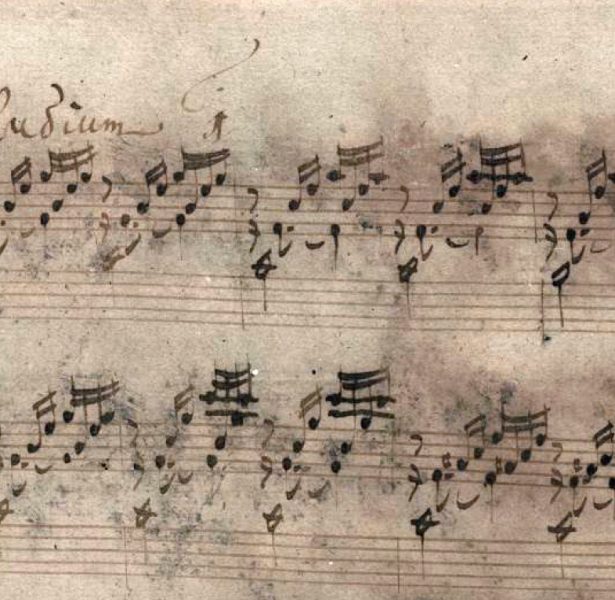“I hope that Your Imperial Highness will continue especially to practice writing down your ideas straight away at the piano; for this purpose there should be a small table beside the piano. In this way the imagination is strengthened, and one also learns to pin down the remotest ideas at once. It is likewise necessary to write without a piano. Nor should it pain but rather please Your Imperial Highness to find yourself absorbed in this art, at times to elaborate a simple melody, a chorale with simple and again with more varied figurations in counterpoint, and so on, to more difficult exercises. We develop gradually the capacity to represent exactly what we wish to represent, what we feel within us, which is a need characteristic of all superior persons.”
Beethoven writing to Archduke Rudolph, Vienna, July 1, 1823
Our second program of Season 33 sounds, as one, two recent themes familiar to our audience: change and time. Change over time, variation, or metamorphosis lies at the heart of each of our musical offerings.
Bach’s great six-voice fugue, the Ricercar from The Musical Offering is also his richest textured treatment of the theme he was given and commanded to improvise upon by Frederick the Great (King of Prussia and flutist). Even Bach didn’t think he could do it justice on the spot and once at home was determined to do even more. This piece, played in a version for six string players, serves as an invocation to the works that follow.
Beethoven’s “Archduke” Piano Trio, Op. 97 is one of at least a handful of major works dedicated to Archduke Rudolph, who was at the time both his student and a discerning patron. The work is in four movements with Scherzo following the first movement, and a simple theme and variation movement that introduces the Rondo finale without coming to a close. The work, considered to among the most sublime, derives much of its power from Beethoven’s ability to achieve the starkest of contrasts with the simplest material and to both move and mock us from one moment to the next. For me, one of the most amazing areas of contrast comes in the Trio section of the Scherzo where Beethoven resorts to fugal like writing, starting with the cello in its low register, that is more chromatic than anything he had written before or since. The palpable darkness in an otherwise cheerful movement is quickly dismissed with a light dance in a brighter key, before the chromatic darkness returns again. The play of light and dark, the sudden emotional shifts that draw us in, and the outbursts to follow, make this one of the most engaging works in the chamber repertoire.
(Beethoven’s manuscript of the Archduke Trio. More available from Beethoven-Haus Bonn’s digital archive.)
Following intermission the seven-part arrangement of Strauss’s Metamorphosen concludes the program as it completely embodies the idea of change over time. Written at the end of World War Two by a witness to the folly of absolute power and the utter destruction that followed, Strauss invokes the funereal theme of the variation movement of Beethoven’s Third Symphony (“Eroica”) from which he had removed the original dedication to Emperor Napoleon. Unlike most variation movements, the full theme is sounded in the bass at the close of the work. Could this be a way of showing order emerging from chaos?
We will meet this same theme again, in a month’s time, at the start of our next concert, quoted within Schubert’s “Auf dem Strom.”
Enjoy!!
Marcus

